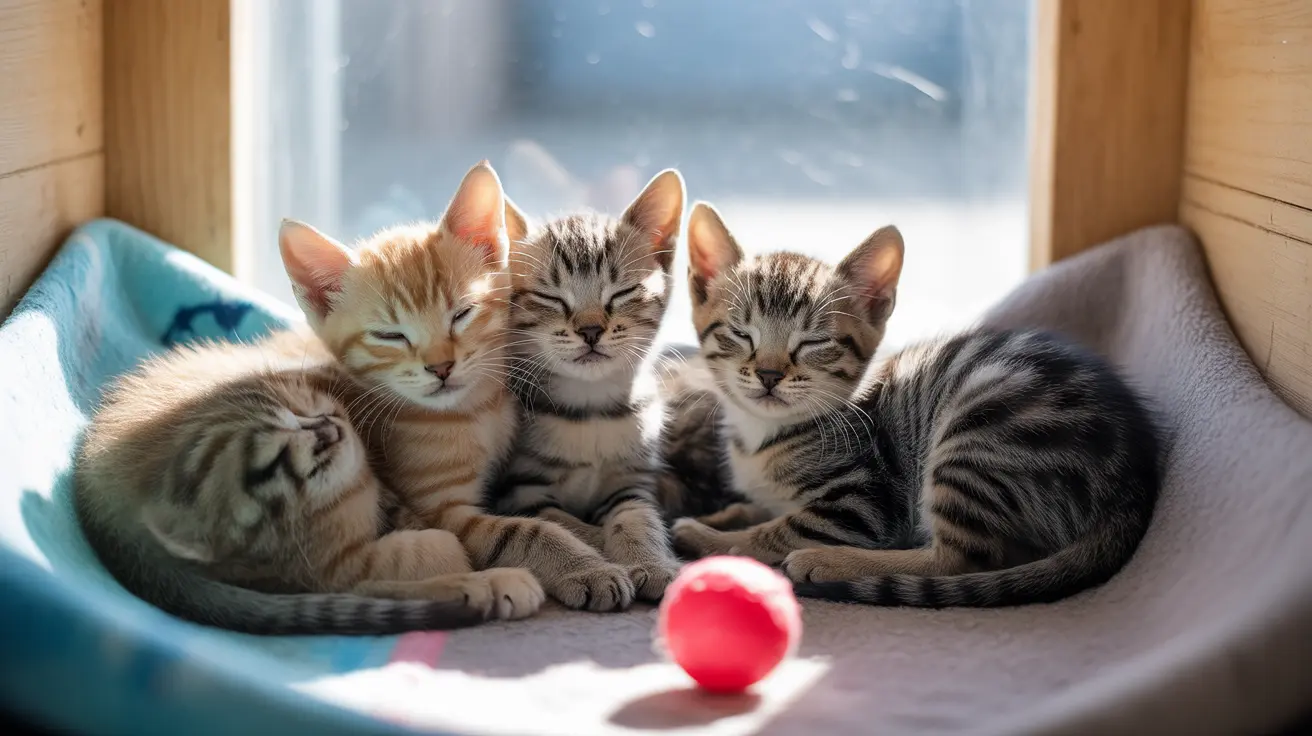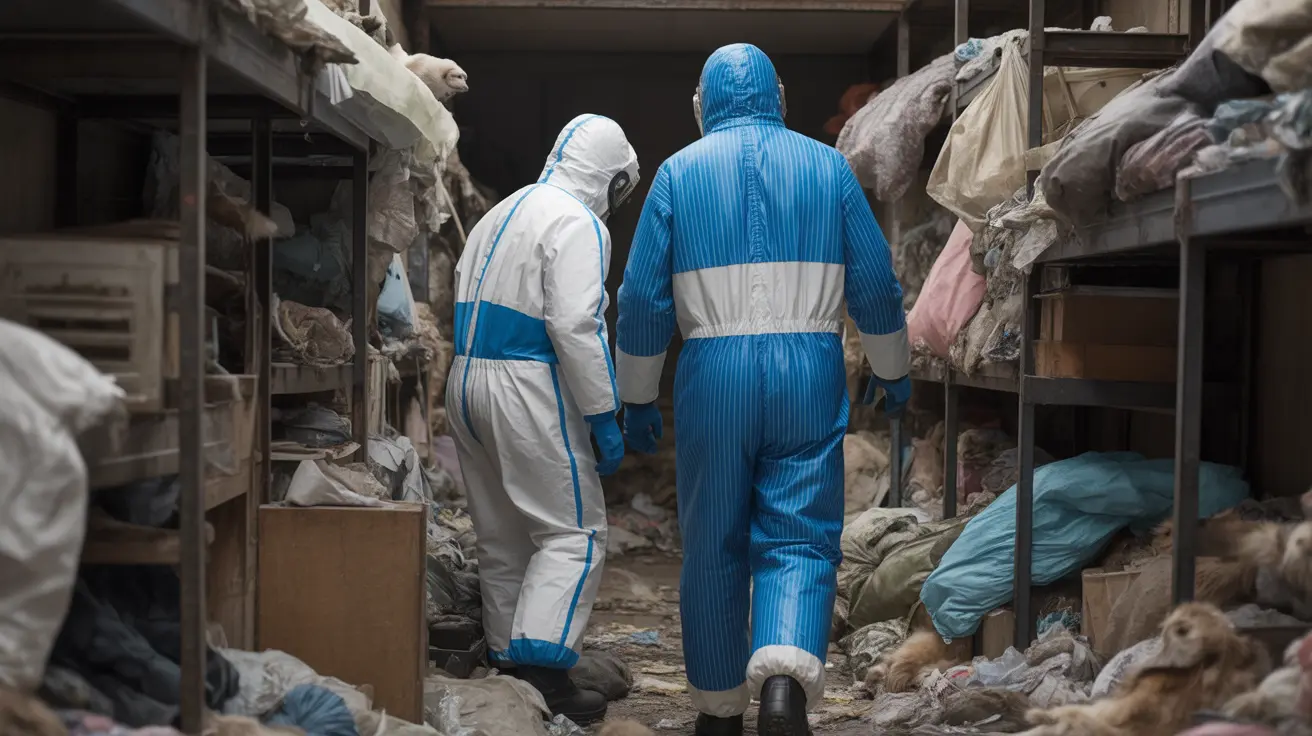What to Look for in a Miniature Pinscher Breeder
Finding the right Miniature Pinscher breeder is crucial if you want a healthy, well-adjusted companion. The Min Pin is an energetic, intelligent breed with unique needs and potential health concerns. A responsible breeder goes beyond simply producing puppies—they're dedicated to maintaining the breed's quality, health, and temperament.
Health Testing and Genetic Screening
The best breeders conduct thorough health testing on their breeding dogs before planning any litters. Common conditions in Miniature Pinschers include patellar luxation (slipping kneecaps), Legg-Calve-Perthes disease (hip joint degeneration), epilepsy, heart disease, hypothyroidism, eye diseases (like progressive retinal atrophy or cataracts), dental problems, and skin issues—especially in diluted coat colors. Ask breeders:
- Which health tests do they perform on their dogs?
- Do they have veterinary documentation for these tests?
- How do they address genetic risks in their breeding lines?
A good breeder will be open about any hereditary issues in their lines and will avoid close inbreeding to reduce the risk of passing on recessive diseases.
Breeding Practices and Puppy Care
Responsible breeders plan each litter with care. They ensure both parents are healthy and cleared of hereditary diseases before breeding. Since toy breeds like the Min Pin can face complications during labor (sometimes needing cesarean sections), experienced breeders work closely with veterinarians throughout pregnancy and delivery. Look for breeders who:
- Limit the number of litters per female to maintain her health
- Provide prenatal care and have an emergency plan for whelping
- Raise puppies indoors with plenty of human interaction
- Start early socialization and basic training before puppies go home
Avoiding Unhealthy Color Mutations
The breed standard recognizes solid red (from clear to stag red), black and rust, and chocolate and rust as typical colors. Blue, fawn (isabella), or other diluted colors may be linked to increased skin or coat problems—especially color dilution alopecia. Ethical breeders avoid producing puppies with non-standard or unhealthy colors for the sake of novelty or profit.
Puppy Temperament and Socialization
The Min Pin is lively, alert, sometimes stubborn, but highly intelligent. Early socialization is essential for developing a gentle temperament—especially since poorly socialized Min Pins can become possessive or bark excessively. Good breeders:
- Expose puppies to various people, sounds, and experiences from an early age
- Select breeding dogs with stable temperaments suited to family life
- Offer guidance on continued training after adoption
Transparency and Support
A reputable breeder welcomes your questions about their dogs' lineage, health records, living conditions, diet, exercise routines, grooming needs, and more. They'll let you visit their home or kennel so you can see where puppies are raised. Expect them to:
- Provide references from previous puppy buyers or veterinarians
- Share contracts outlining spay/neuter requirements or return policies if needed
- Be available for ongoing support as your puppy grows up
Avoiding Red Flags in Breeders
If you encounter any of these warning signs, it's best to keep searching:
- Puppies always available or multiple litters at once (suggests profit over quality)
- No proof of health testing or reluctance to answer questions about genetic issues
- Puppies raised in isolation without early socialization opportunities
- Selling puppies younger than eight weeks old or unwillingness to take back dogs if needed
The Ideal Miniature Pinscher Breeder: What Sets Them Apart?
The best breeders are passionate about the breed's history—knowing that Min Pins aren't just tiny Dobermans but have their own rich background as spirited ratters from Germany. They respect the breed standard: compact build; wedge-shaped head; alert expression; high-stepping gait; glossy coat; correct height (10-12 inches at the shoulder). They also prioritize lifelong health by monitoring weight (to prevent obesity) and advising new owners on proper nutrition.
If you're looking for a loyal watchdog that's energetic yet affectionate—and want one that's set up for a long life—take your time selecting a breeder who shares those priorities.





